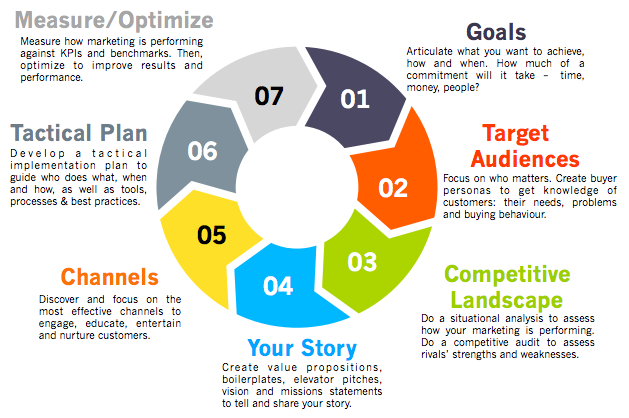
Sometimes it is helpful to also include Ecological and Legal trends as well. An environmental scan is also referred to as a PEST analysis, which is an acronym for Political, Economic, Social and Technological trends.

How will we diversify our revenue to reduce our dependence on a major customer?.How will we grow, stabilize, or retrench in order to sustain our organization into the future?.These issues can be problems, opportunities, market shifts or anything else that is keeping you awake at night and begging for a solution or decision. Strategic issues are critical unknowns that are driving you to embark on a strategic planning process now.

Solidify your competitive advantages based on your key strengthsĮxecutive Team and Strategic Planning Leader Gather and review staff and partner feedback to determine strengths and weaknesses Marketing team, sales force, and customers Identify market and competitive opportunities and threatsĬlarify target customers and your value proposition Action Grid ActionĬonduct a scan of macro and micro trends in your environment and industry (Environmental Scan) Want More? Deep Dive Into the “ Evaluate Your Strategic Position” How-To Guide. Strategic Planning Phase 1: Determine Your Strategic Position Corrective action needs to be taken quickly to compensate for the dynamic business environment most organizations operate within. Whatever your situation, just be prepared to let go and switch strategies as necessary. Some organizations can maintain a strategic plan for a year or longer, while others have to respond to market changes more frequently. When this happens, you will need to either adapt your strategy or begin the process over again. Often your organization’s mission and vision may remain the same while your objectives and goals will need to be revised or updated. Over the life of your strategic plan, you may discover that some of the underlying assumptions of your strategy are flawed or incomplete. An organization that develops and executes a strategic plan gains significantly from the experience, and starting with a working model and then building a tangible plan can be more successful for your organization than having no plan at all.


For more of a deep dive look into each part of the planning phase, you will see a link to the detailed How-To Guide at the top of each phase.ġ-2 weeks (1 hr meeting with Owner/CEO, Strategy Director and Facilitator (if necessary) to discuss information collected and direction for continued planning.) Questions to Ask: Move at a pace that works best for you and your team and leverage this as a resource. However no one organization is alike and you may decide to fast track your process or slow it down. Having a good strategy dictates “how” you travel the road you have selected and effective execution makes sure you are checking in along the way. On average, this process can take between three and four months. Part of that journey is the strategy and part of it is execution. The strategic management process is about getting from Point A to Point B more effectively, efficiently, and enjoying the journey and learning from it. Overview of the complete strategic planning process: Getting Started: Strategic Planning Introduction


 0 kommentar(er)
0 kommentar(er)
